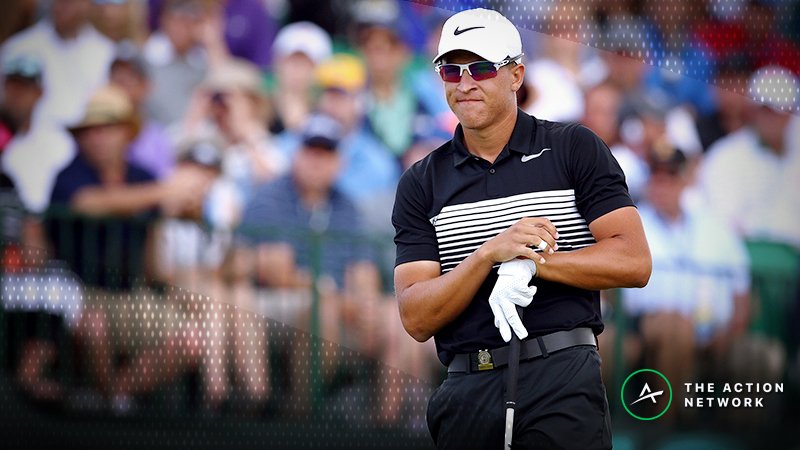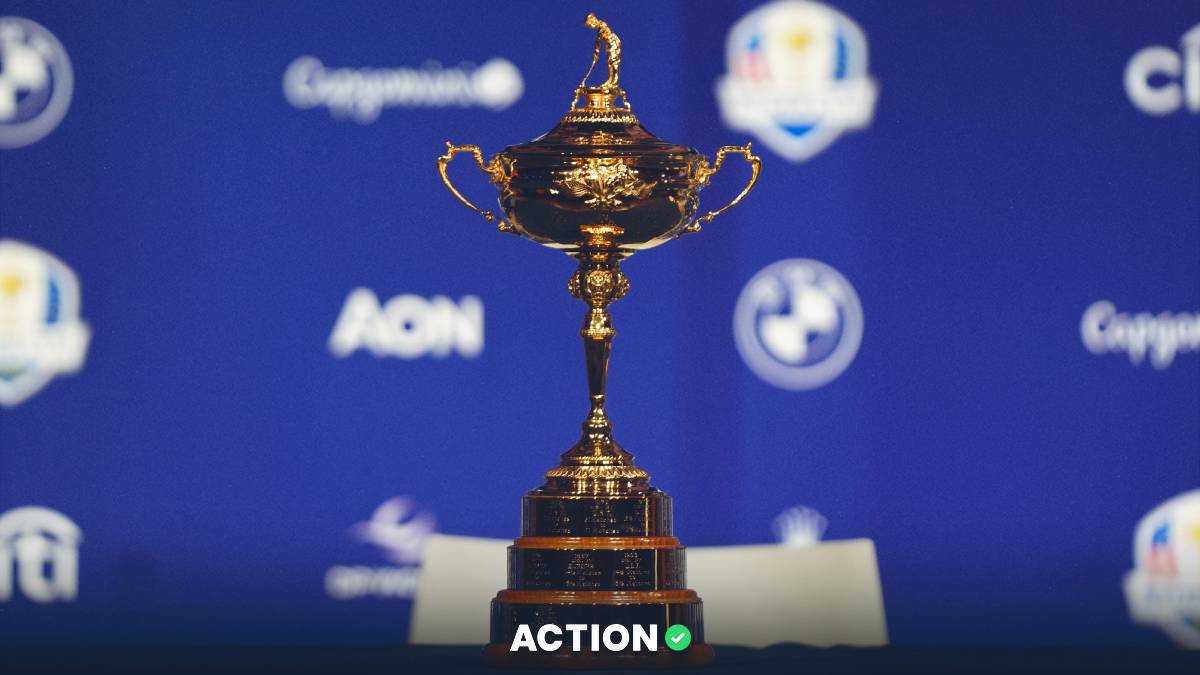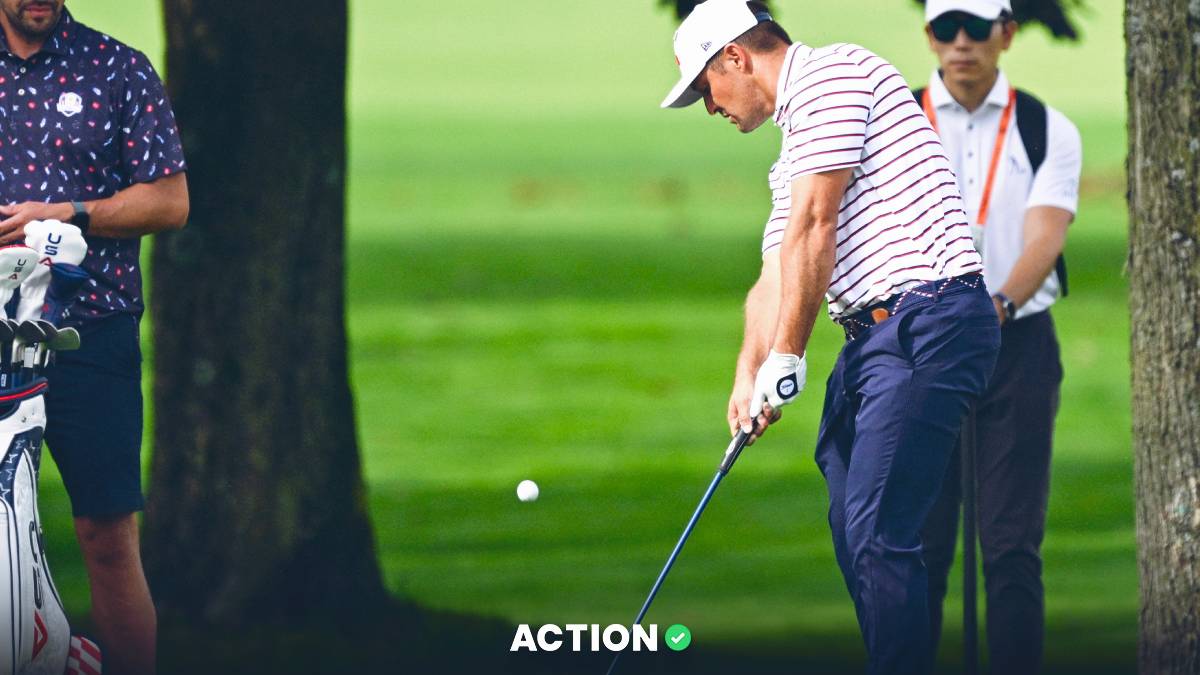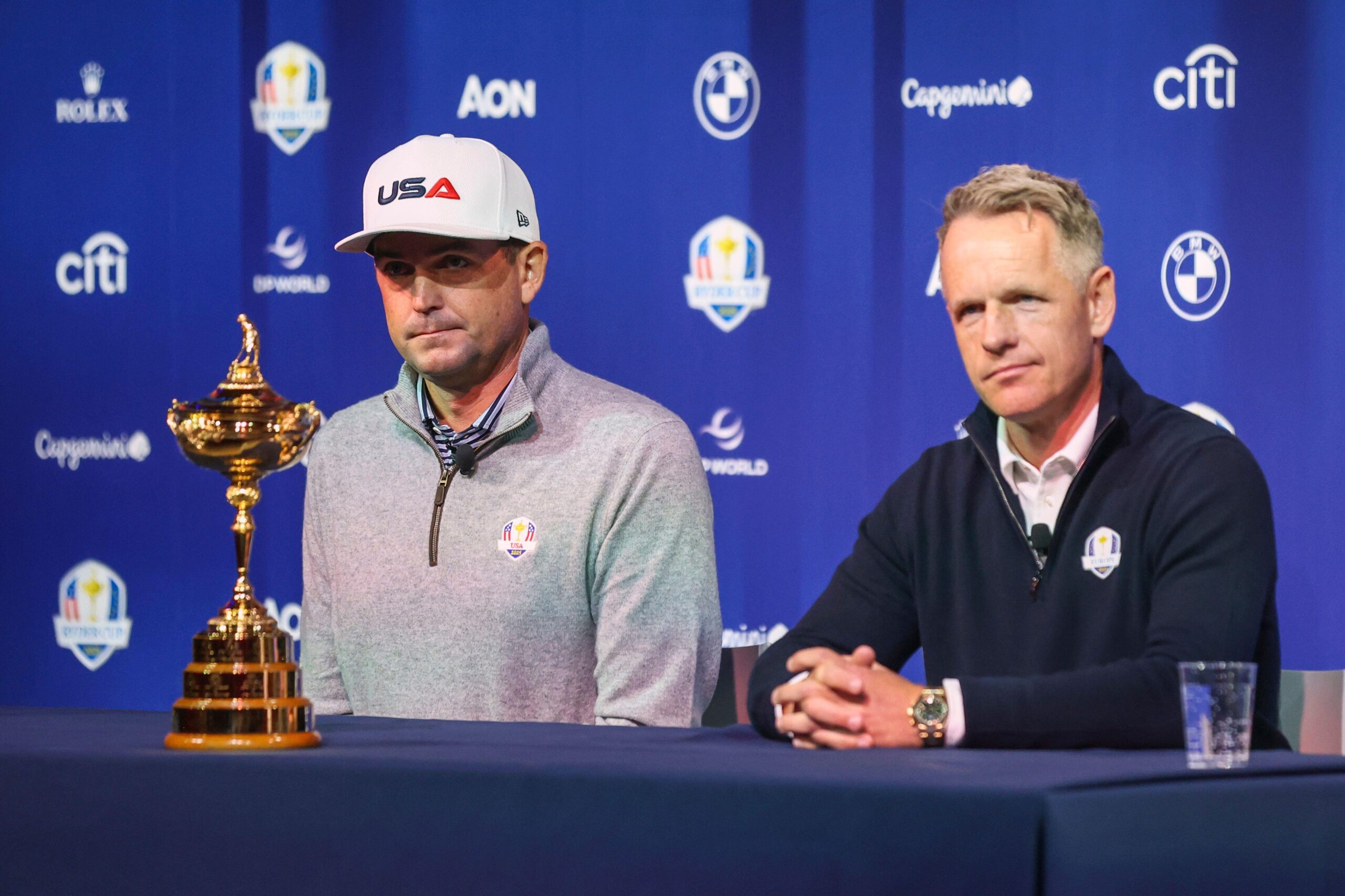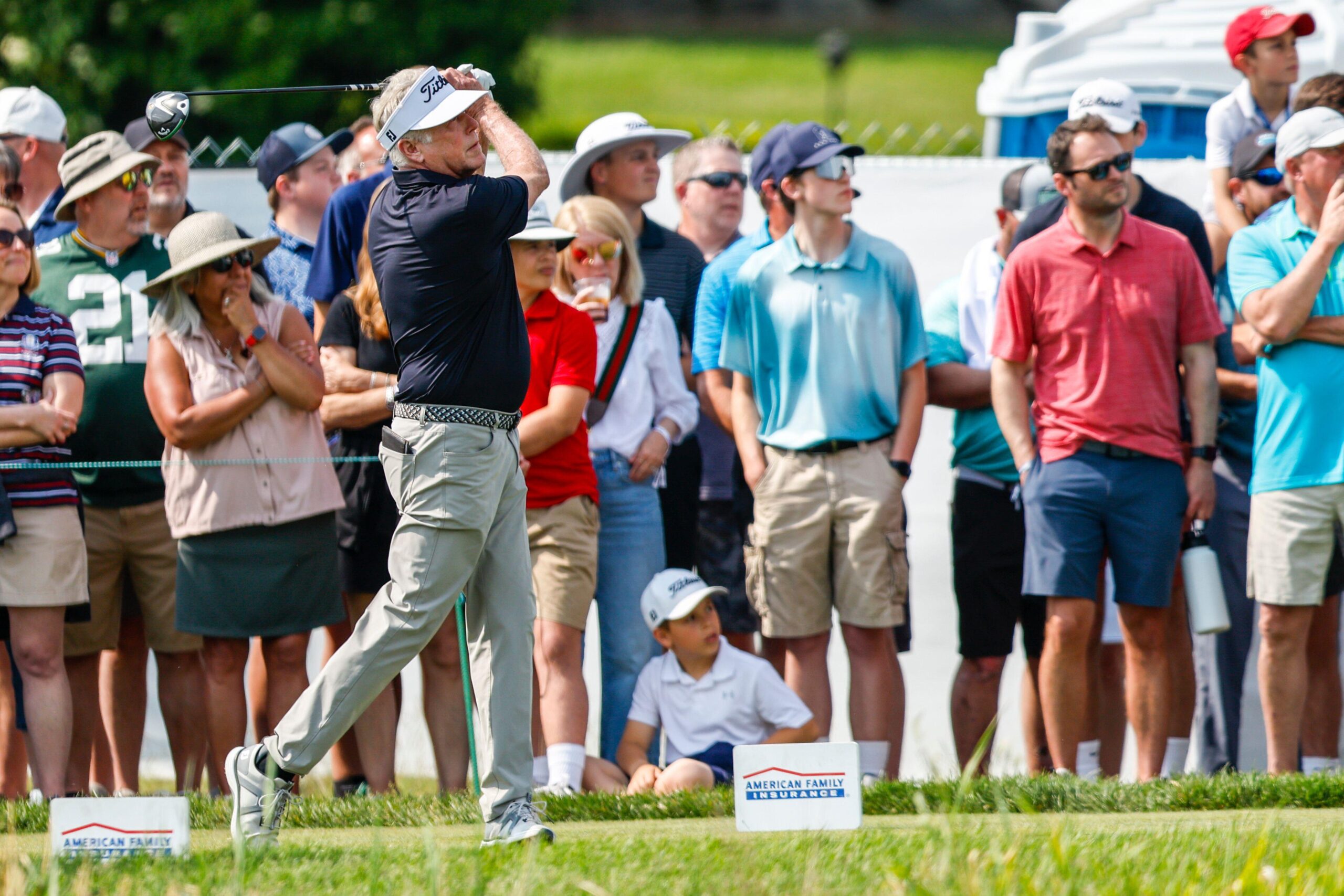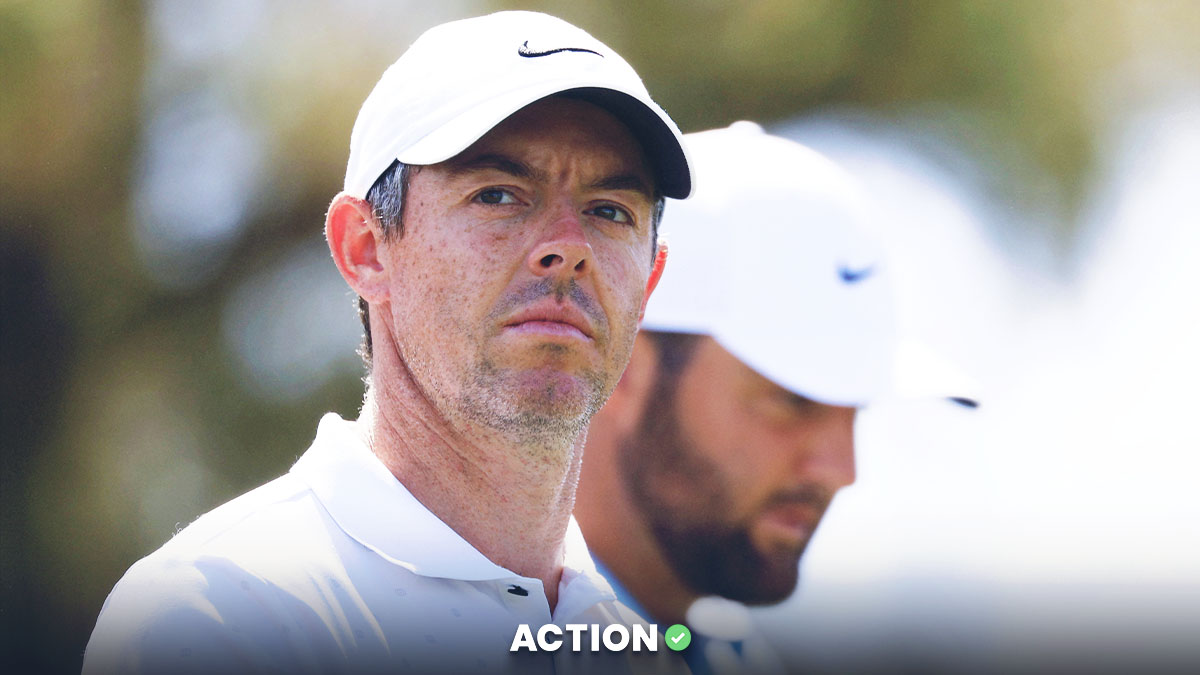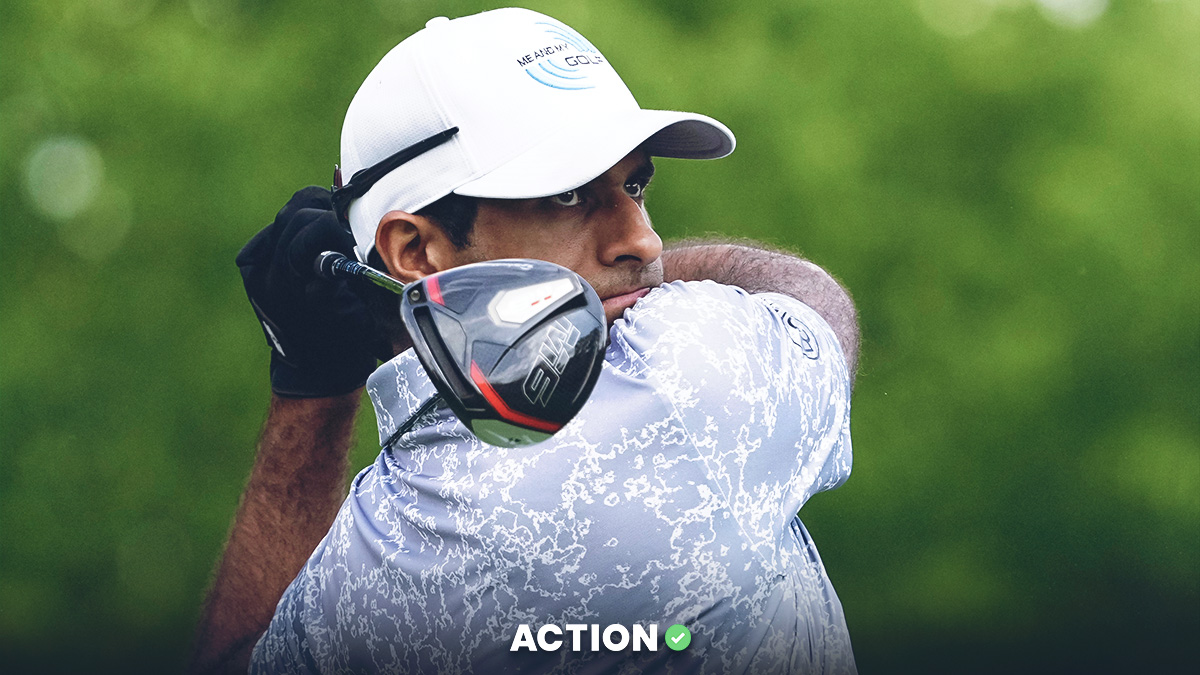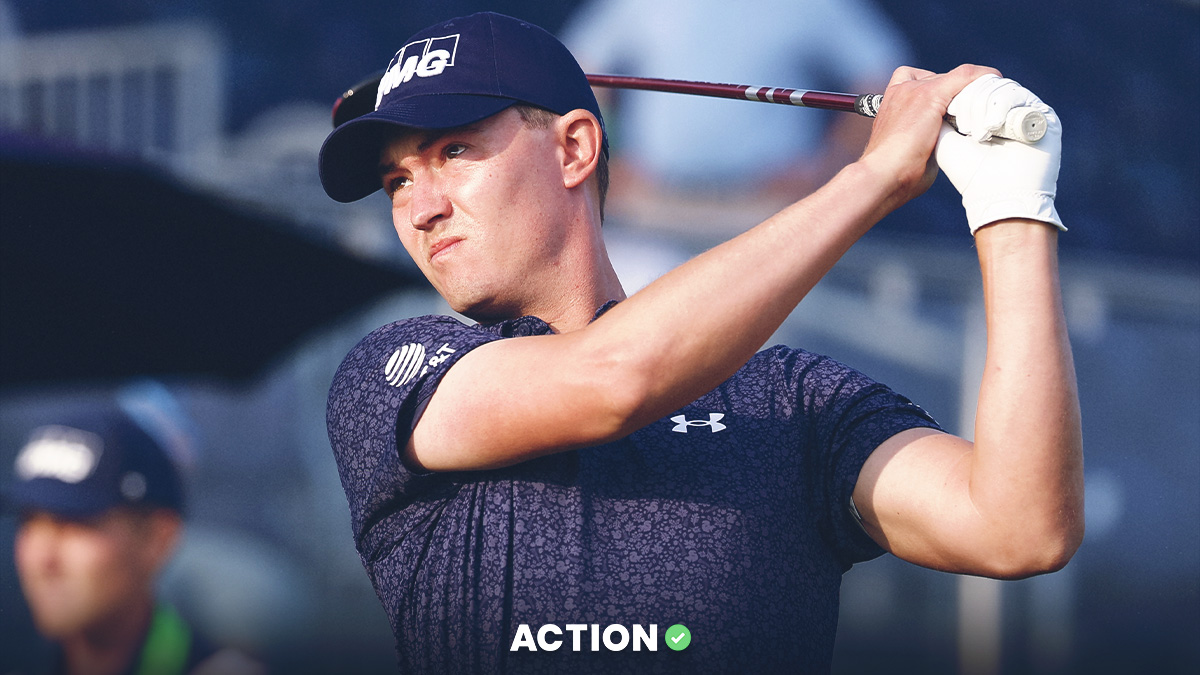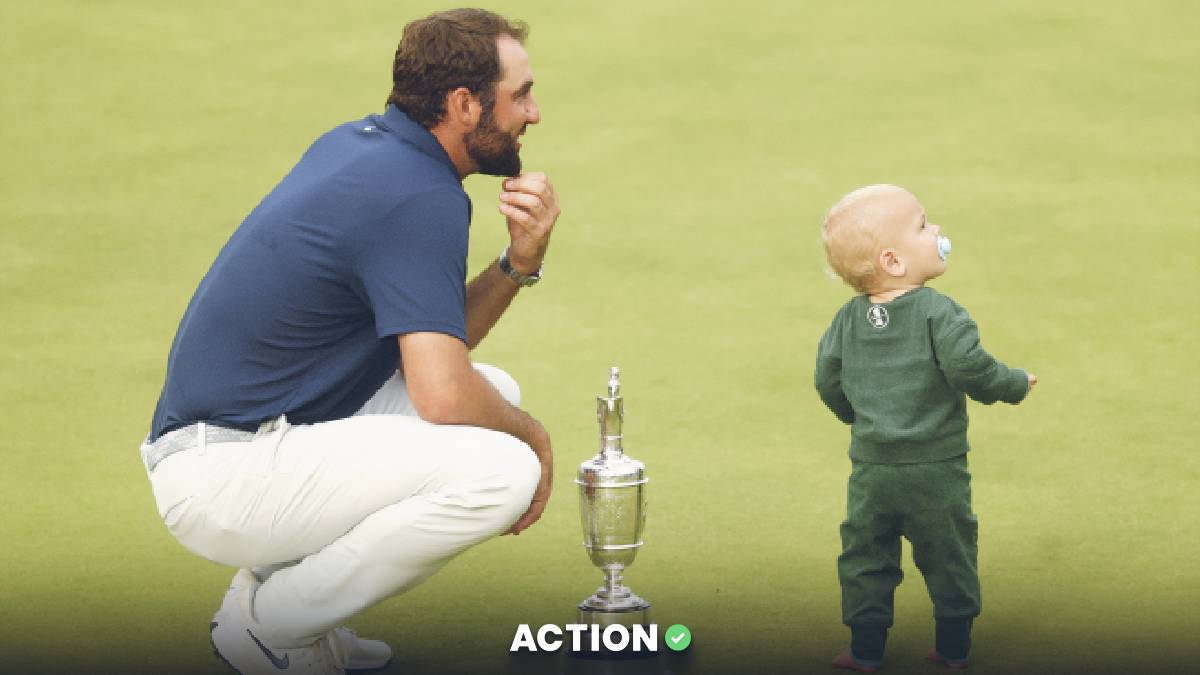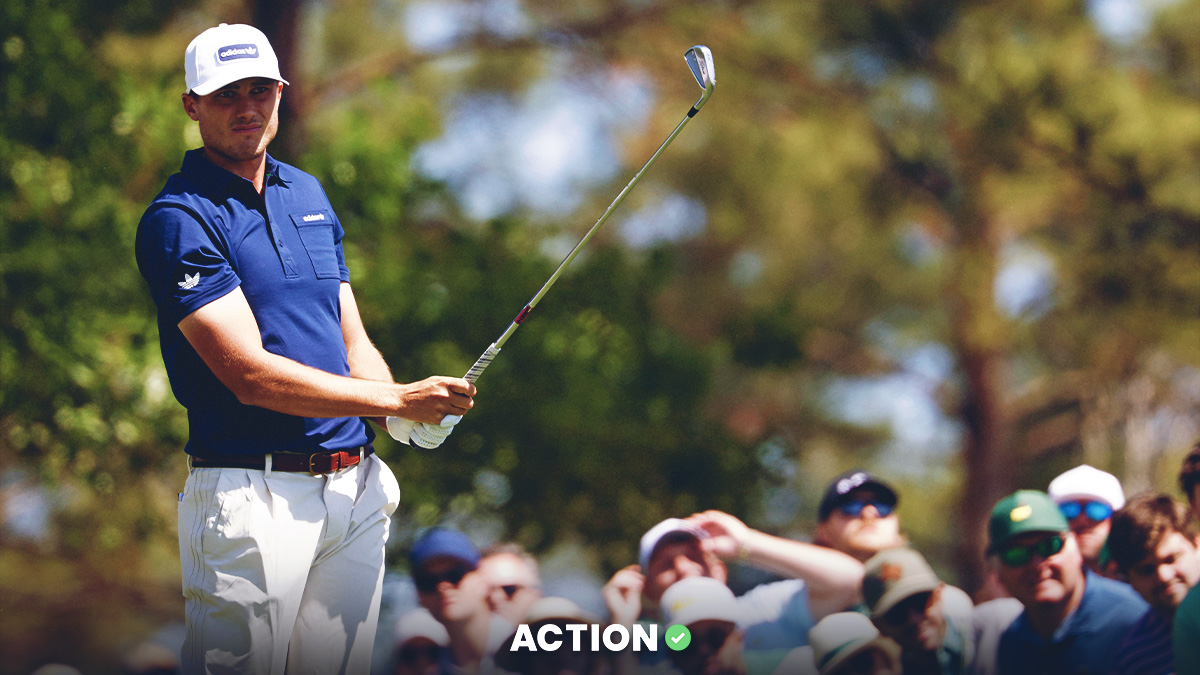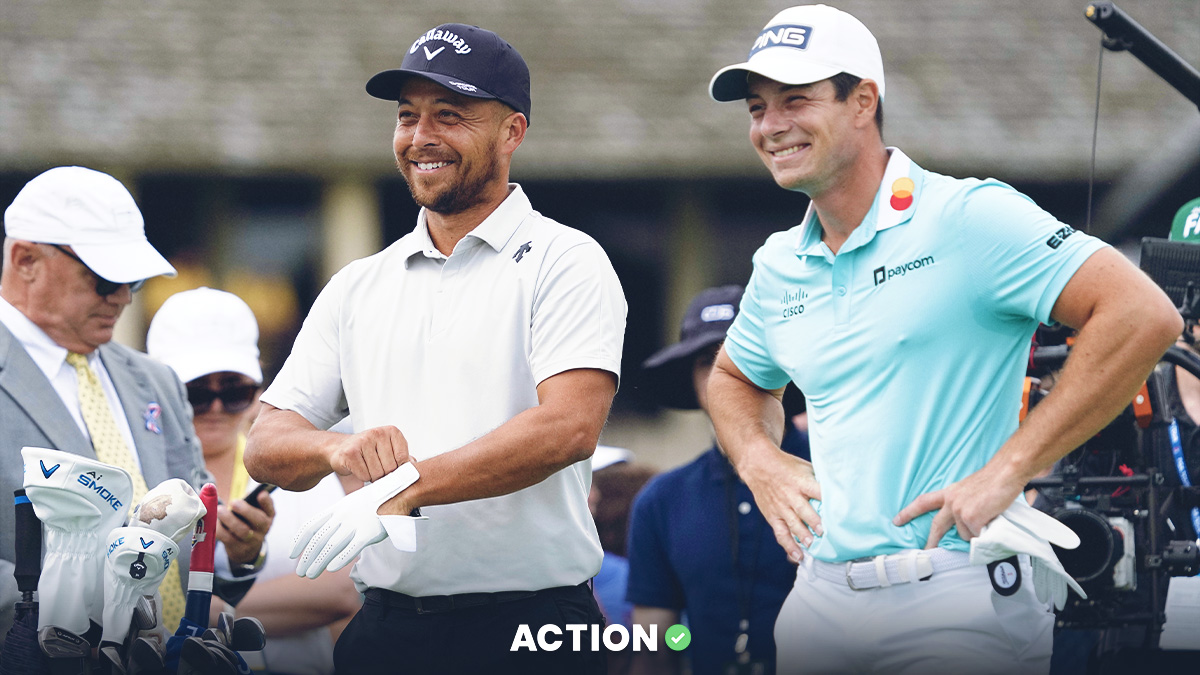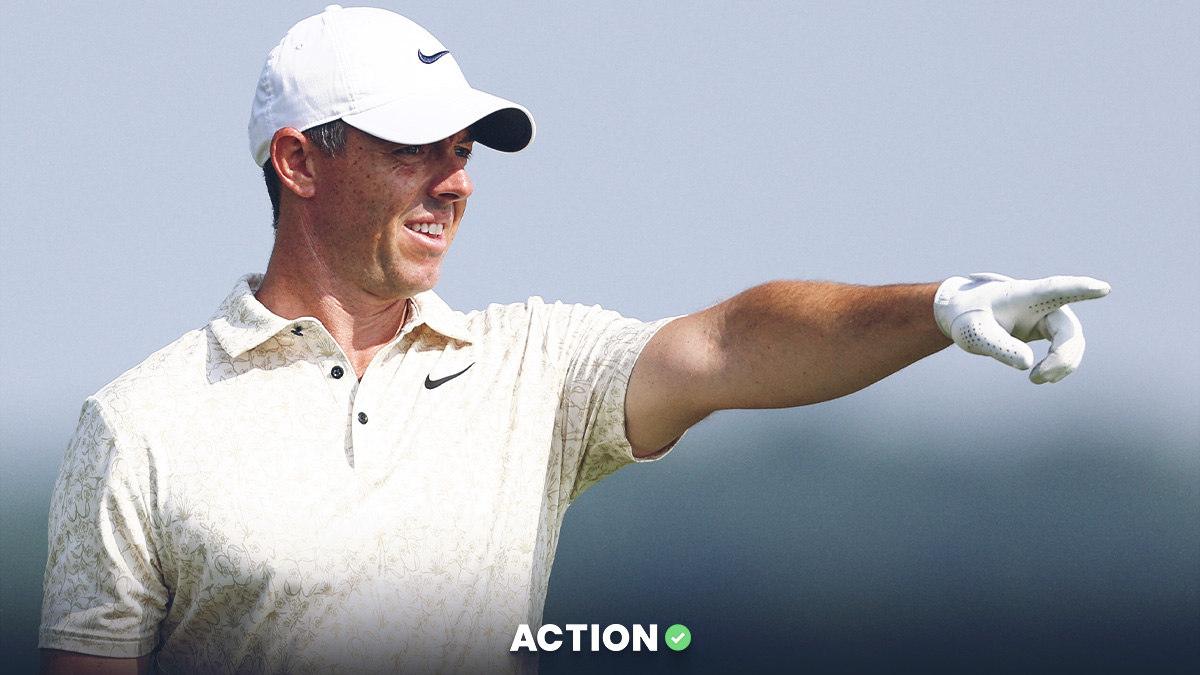- Cameron Champ's first PGA Tour victory is a sign of things to come in professional golf.
- All the elite players and tournament favorites have one thing in common: They can drive the ball long.
Just in case a few years of Dustin Johnson dominance and Brooks Koepka major supremacy didn’t already prove a point about the future of golf, Cameron Champ hammered it home this weekend — literally.
The 23-year-old who averaged 343 yards off the tee on the Web.com Tour last season used an average distance of a mere 334 to handily win the Sanderson Farms Championship, yet another reminder of why power is so important in today’s game.
Sure, these distances have obviously increased with advancements in technology over the years, but there have always been big hitters whose prowess with the big stick didn’t necessarily translate to success. The difference now is that players such as Champ aren’t one-trick ponies.
His combination of mashing the ball off the tee and gaining more than nine strokes over the field in putting should be enough to leave any professional short-knocker shaking in his soft spikes.
The trend is alarming. This is why so many within the game's inner circles have called for a rollback of the golf ball. As distances have increased, some believe the best defense for championship courses is to simply lengthen them to reduce scoring to traditional numbers.
More than a decade ago, the powers that be at Augusta National stretched out the course's yardage in a strategy questionably referred to as Tiger-proofing, even though it ostensibly reduced the chances for those who don’t hit it a long way.
It recalls a time when the NBA, in part to space out courts as its players continually grew bigger, added the three-point line — which made sense until seven-footers started draining jumpers from behind the arc, a routine occurrence in the league today.
And that’s what we’re seeing from Champ and the influx of big hitters in golf. Take a player with an advantageous skill set, arm him with a bevy of other talents, and it’ll become painfully obvious why he enjoys more success over short-hitting peers.
I’ve already heard from those who are questioning whether Champ’s driving accuracy of 46.43% at the Sanderson Farms will translate on courses that place a premium on hitting the fairways.
Well, here’s a dirty little secret: He just won on one of ‘em. Last year’s winner at the Country Club of Jackson was Ryan Armour, who employed that exact strategy toward a five-shot victory.
In fact, Armour was second on the PGA Tour in driving accuracy last season. His initial victory in his late-30s served as a breakthrough performance and a valuable feel-good story, but it’s not as if he parlayed that accuracy into a brilliant campaign.
He’s hardly an outlier, either. Henrik Stenson led that list last year and while he enjoyed a fair amount of success playing through injuries, he failed to capture a single win. Rounding out the top five were Chez Reavie, Ryan Moore and Brian Stuard; again, solid players, but hardly world-beaters.
The early season driving accuracy leader right now? That, of course, would be Dong Seop Maeng, who similarly isn’t exactly dominating the game.
Meanwhile, the driving distance list tells a completely different story. Of the top 10 last season, Rory McIlroy, Tony Finau, Bubba Watson, Johnson and Koepka can each be considered an elite player.
Gary Woodland, perennially one of the bigger hitters on Tour, ranked seventh last year. I once asked him about this talent, and his answer likely mirrors that of so many young players today.
“I’ve always hit it far,” he explained. “When I first started playing golf as a kid, that’s what we did. My buddies and I would go to the range and see who could hit it the farthest. If anyone asked me advice for their kids, I’d tell them to do the same thing, because it’s hard to teach length. I tried to hit the golf ball as far as I could, then I learned how to play golf later.”
Those words are nails on a chalkboard for purists, those who still believe hitting fairways and greens should be the sole recipe for success.
However, there’s more to the advent of the power era than players simply adjusting their games to match the climate.
Technology has made a huge impact — and no, I’m not just speaking about 460cc drivers that help the ball fly farther than ever.
First, there’s been no adjustment period. Players such as Tiger Woods and Phil Mickelson were introduced to the game with persimmon woods and balata balls, then had to learn how to suit their games to improving equipment as they matured.
That doesn’t happen anymore. A twenty-something such as Champ has grown up using clubs that have largely maxed out the technological spectrum. It helps to explain why the learning curve in the professional ranks is so much quicker than it’s ever been in the past.
And then there’s this: Any up-and-coming 14-year-old golfer can already recite statistics about club speed and spin rates, thanks to the influx of measuring devices. If a young player of the previous generation wanted more distance, he could swing harder; if a young player today wants more distance, he can study these calculations and configure his swing to produce greater yardages.
It’s not stopping anytime soon, either.
The future of golf will be a profession littered with players who look like Johnson and Koepka and Champ. Young golfers won’t just assimilate to the trend of being athletes; they’ll be athletes who just happen to play golf.
There’s a tangible rationale for this theory. If you’re a parent of a 6-foot-4, 230-pound high school sophomore who carries a two handicap and quarterbacks his junior varsity football team, which sport would you rather see him pursue over the long-term? Fears over CTE and other injuries will continually help parents push their children toward a non-contact sport that can be played for a lifetime.
None of this means that a Fred Funk type of player who plinks it 280 yards and dead-straight off the tee every time, doesn’t have a chance for success. It just means those chances are fewer than they’ve ever been before — and they’re only going to decrease as power and athleticism become even more important in the game.
The golf world collectively might have been a bit overboard in its effusive adoration of Champ as The Next Big Thing in the wake of his first victory in the big leagues. Let’s give him more than eight career PGA Tour starts and a weak-field win before we anoint him with such lofty praise.
The underlying theme, though, remains. The latest champion is the prototype for what golf is right now and, even more, what it will continue to develop into in coming years.
We’re still in the early stage of the power era, a time when golfers will keep getting bigger and stronger, will mash the ball massive distances and will complement that skill with other talents, all translating to greater success for the greatest athletes in the game.


